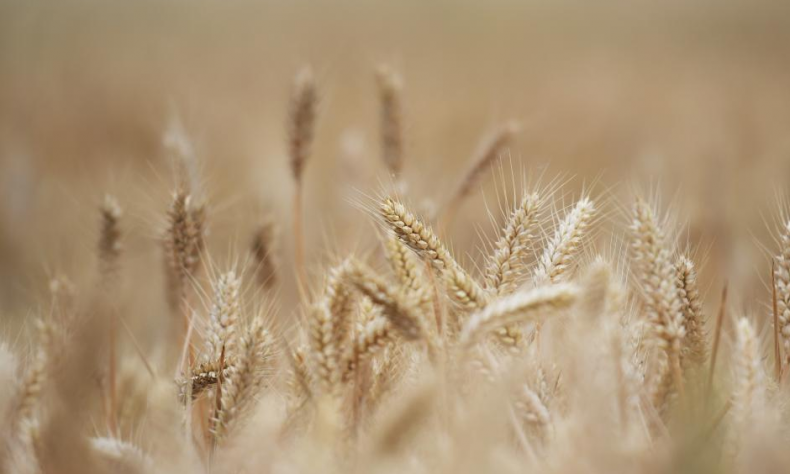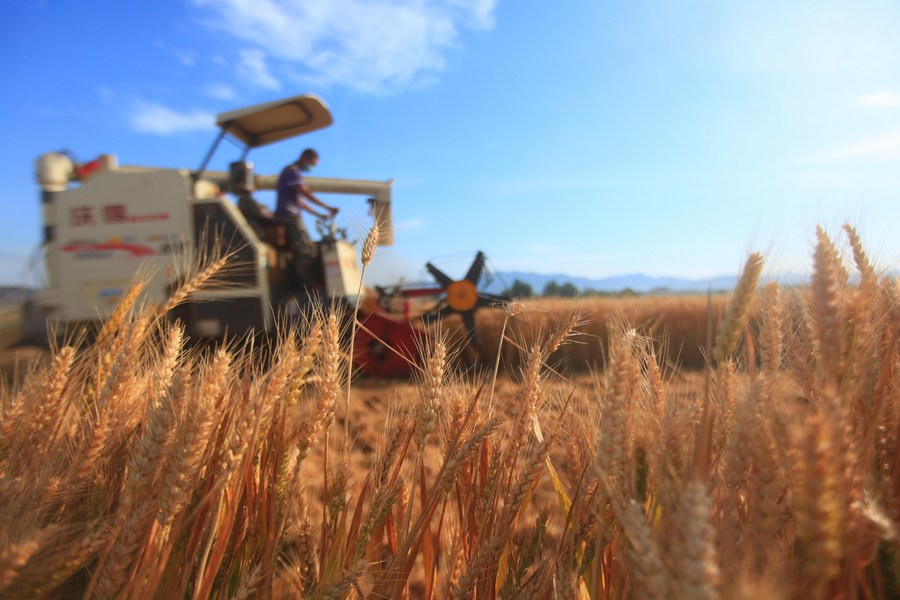How China Feeds Its 1.4 Billion People

Although China will not face immediate shortages, the country should never let its guard down. Given food security is subject to international conflict, the pandemic, natural disasters, trade barriers and so on, it should always be a top priority.
The government of India, the world’s second largest wheat producer after China, banned exports of wheat on May 13, saying the move was necessary to manage national food security amid the threat presented by the severe heat hitting the country. With the war in Ukraine delaying the new planting season and threatening to cut off international wheat shipments, spurring shortages and pushing the price of the crop higher, India’s ban is adding to the world’s fear of a food shortage. Even in Chinese society, people are wondering whether they should start stocking up on rice and flour.
As a country of 1.4 billion people, China consumes huge amounts of grain every year. To some extent, Chinese demand will even sway international prices.
Russia, Ukraine, the United States and Canada are the world’s major wheat exporters. The ongoing military conflict has cast a long shadow over the first two countries’ wheat exports, while the pandemic has disrupted distribution from the U.S. and Canada. Natural disasters, too, have wreaked havoc on global grain production. For example, in 2021, drought pushed U.S. production of its main variety, hard red spring wheat, down 44 percent year over year to its lowest level in more than 30 years. Another staple, rice, is also witnessing declining exports. China’s southern neighbor Vietnam has already announced it will suspend new contracts on rice exports, while Cambodia will ban the exports of white and paddy rice, only allowing the exportation of fragrant rice.
According to the World Food Program (WFP), global society is about to witness its biggest food crisis since World War II. The program claimed on March 29 that given the current situation, it would struggle to provide sufficient supplies to the 125 million people in need.

In this context, if China was to see shortages, the whole world in turn would suffer. It’s not just about food, but about the economic growth and social stability—well beyond China’s borders—that will be affected. Fortunately, so far there is no sign of an imminent crisis. China’s emphasis on food security prevents its population from being dragged down by the aforementioned export bans.
China sticks to a strict protective system for arable land, with the “red line” of a minimum of 1.8 billion mu (120 million hectares) of arable land never to be crossed. Modern science and technology are widely applied in agricultural development, covering the improvement of seed and plant quality, soil maintenance, pest prevention, and so on. China’s protective grain price policy shields its farmers from sharp price fluctuations, subsequently furthering farmer enthusiasm for growing the annual plants.
These measures have helped forge a resilient defensive line of food security, even contributing to more than one decade of bumper harvests. In 2021, China’s grain output hit 680 billion kg; this year’s target is set at 650 billion kg.
In the past three years, China’s annual grain consumption totaled roughly 640 billion kg, so 650 billion kg can meet the population’s demand.
In the worst case scenario, if production decreases due to pandemic aftershocks or natural disasters, China’s reserves can still provide for the population. According to the National Food and Strategic Reserves Administration, currently China holds a record stockpile, with wheat and rice accounting for more than 70 percent of the total. Absolute security of domestic rations renders grain imports unnecessary.
If imports were temporarily jammed, only non-staple food supplies would be disrupted.
Although China will not face immediate shortages, the country should never let its guard down. Given food security is subject to international conflict, the pandemic, natural disasters, trade barriers and so on, it should always be a top priority.
 Facebook
Facebook
 Twitter
Twitter
 Linkedin
Linkedin
 Google +
Google +










